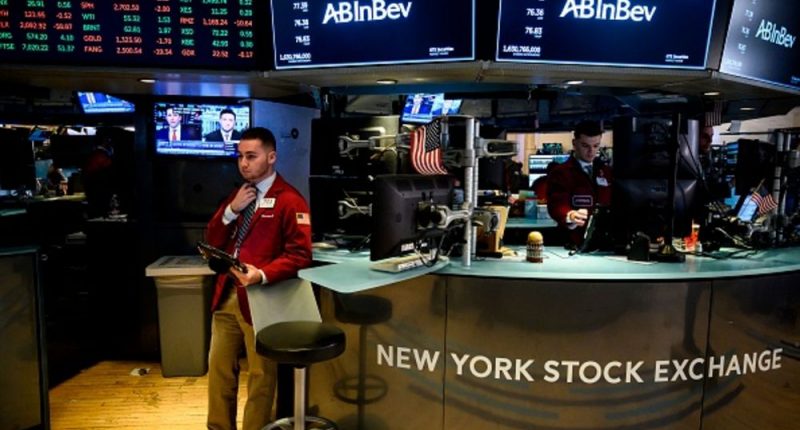- There’s been a huge spike in retail investors, both in Australia and across the world, during the COVID-19 pandemic
- Recent nabtrade data reveals a huge uptick in users of its platform, and share trading generally
- The data indicate more people are trying their luck, believing the market has likely bottomed out and will rally — meaning there’s easy money to be made
- In the meantime, the world is facing its greatest economic disaster in a century
- Maybe the small fry traders have finally realised the depths of an economic downturn are the best time to buy in, even if the rollercoaster is a little terrifying
There’s been a huge spike in retail investors, both in Australia and across the world, during the COVID-19 pandemic, as mum-and-dad investors flock to the share markets in surprising numbers.
Recent nabtrade data reveals a huge uptick in users of its platform, and share trading generally.
Over the last quarter, new applications to the platform jumped 360 per cent, while trading volumes were up 95 per cent from March through to May.
So why the sudden retail investor boom?
Changing habits
The old stereotype of retail investors getting scared off during stock market crashes has been turned on its head.
The data indicate more people are trying their luck, believing the market has likely bottomed out and will rally — meaning there’s easy money to be made.
Perhaps many people learned their lessons from the Global Financial Crisis, where the eventual bounce back was largely pocketed by institutions after small retail investors had cashed out their losses near the bottom of a volatile market.
This time, even the conventional wisdom of buying blue-chip stocks has fallen by the wayside.
Small investors are buying up stocks in things like travel companies and retailers during the slump — believing they will eventually rebound and turn a tidy profit.
As if the socio-political upheavals of the pandemic weren’t “unprecedented” enough — people’s habits on the stock market are running contrary to the long-established habits going back to the Great Depression.
With increased numbers of people working from home, maybe keeping on a small-but-growing share portfolio is a happy distraction from the isolation blues.
Whatever the reason, the data indicate a huge change in the way small retail investors regard te market, and their place within it.
Everyone loves a flutter
While many economists — and even the Reserve Bank Governor Dr Philip Lowe — have projected pandemic echoes that will last for years to come, mum-and-dad investors are keen to gamble on a market rebound.
But why?
The pandemic has inspired fear and mistrust across the world as faith in institutions and leadership crumbles. The world is facing its greatest economic disaster in a century.
And yet all of a sudden, everyone’s a day trader?
Not quite. The data reflect many people are buying stocks and holding onto them, waiting for a solid rebound.
People are just buying low, and waiting for the seemingly inevitable boom that will come, just as it has after every other market regression in the last 100 years.
It’s been suggested some that gamblers are entering the market since global sports betting has been off the cards. Maybe.
Or perhaps the small fry traders have finally realised the depths of an economic downturn is the best time to buy in, even if the rollercoaster is a little terrifying.








